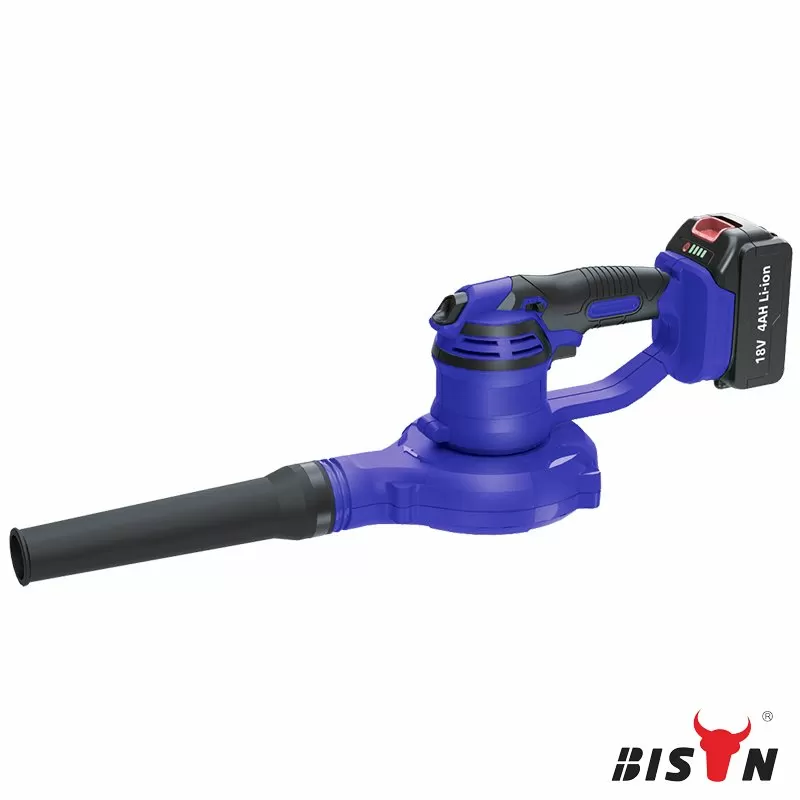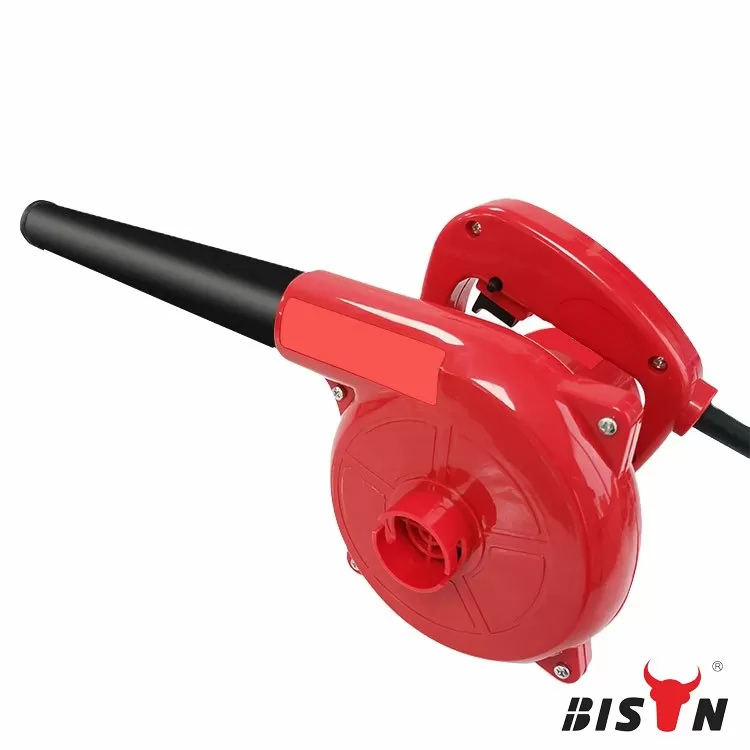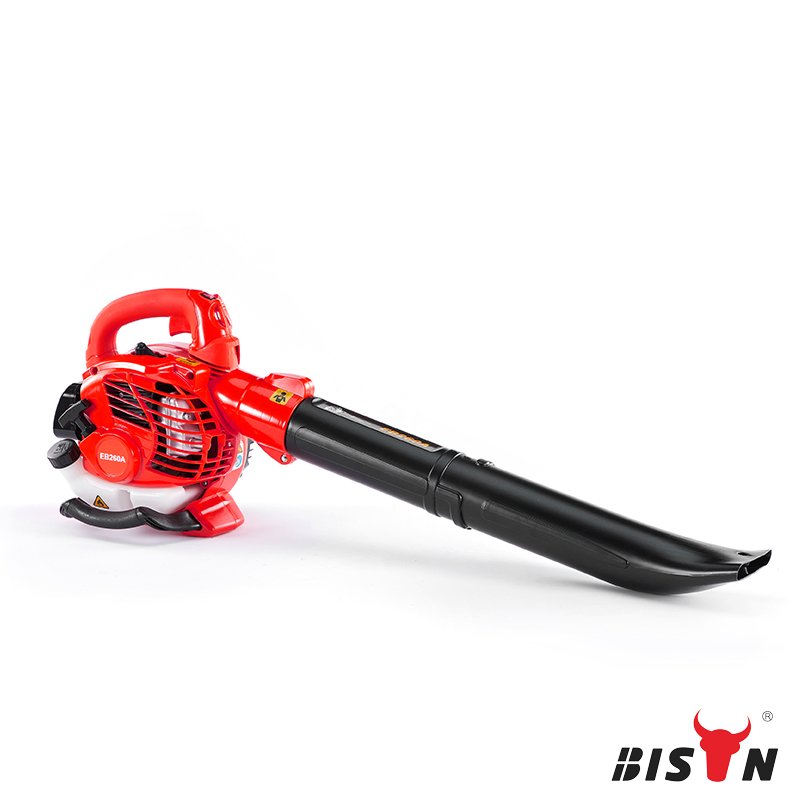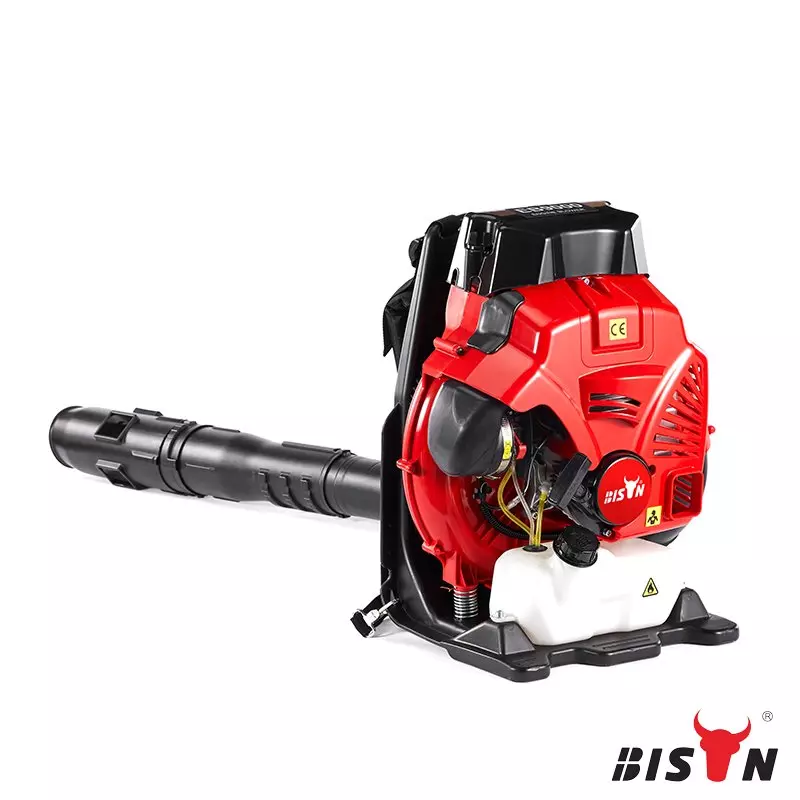2-cycle vs. 4-cycle leaf blowers
2024-04-24
Table of content
Often considered the unsung hero of garden maintenance, leaf blowers have the power to transform a messy yard into a pristine landscape. Now is the time for upgrades, so they will be ready when all those leaves fall.
There are two types of engines for leaf blowers: two-cycle and four-cycle. Each product has a unique balance of power, weight and maintenance requirements designed to meet the needs and preferences of a wide range of users. Want a detailed comparison between 2-cycle and 4-cycle leaf blowers? Then this blog post is for you.
In this article, BISON will take a closer look at how 2-cycle and 4-cycle leaf blowers work, their pros, and cons. We'll objectively compare their features, fuel efficiency, environmental friendliness, power, cost and overall performance. Our goal is to provide a comprehensive guide to both types of leaf blowers and provide insights to help you make the most informed decision when buying in bulk from China. Read on to learn more.
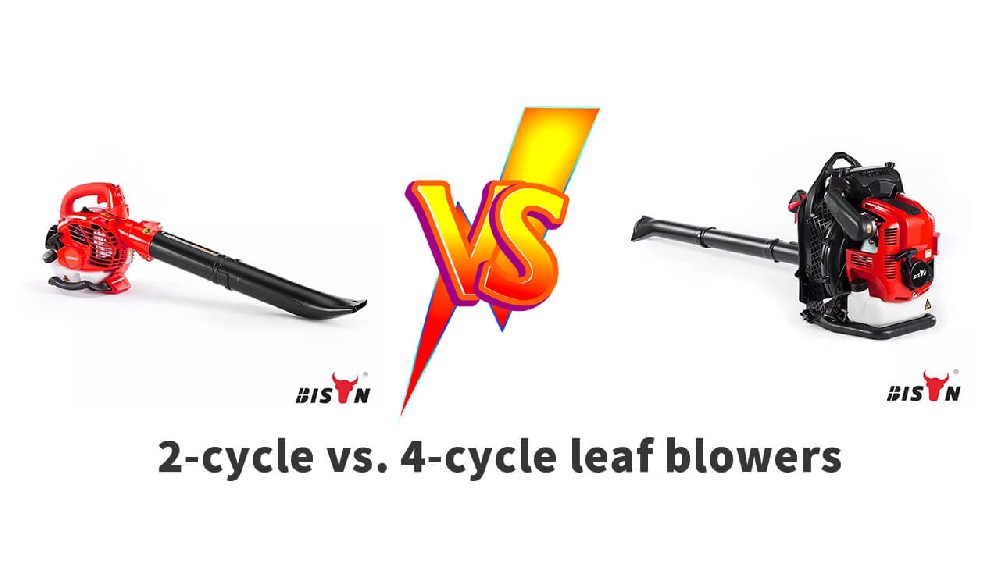
2-cycle leaf blowers
Most leaf blowers are equipped with two-cycle engines, especially handheld leaf blowers. They use a simple yet efficient engine cycle that revolves around two core processes: compression and combustion.
Intake and Compression: As the piston moves upward during the engine cycle, a vacuum is created that draws a mixture of fuel and air into the engine through the intake port. As the piston moves downward, the fuel-air mixture is compressed in preparation for the next process.
Combustion and Exhaust: The compressed mixture is ignited by the spark plug, which pushes the piston upward due to the force of the explosion. This provides the power to operate the blower. After combustion, the upward-moving piston opens the exhaust port, allowing the burned gases to escape, making room for a fresh fuel-air mixture in the next cycle.
A two-cycle engine combines all the action of a four-cycle engine in just two piston strokes. It only takes one crankshaft revolution to move the pistons through a complete cycle. Therefore, the oil and gasoline must mix to keep the piston and crank lubricated.
Advantages of 2 cycle leaf blower
Lighter Weight and more compact: The simplicity of a two-cycle engine often means fewer parts overall, resulting in a lighter, more compact design.
Lower price: Due to the simple design, the cost of building a two-cycle leaf blower is not very high. This translates to consumers. Many people purchase 2-cycle leaf blowers because they are usually less expensive than 4-cycle leaf blowers.
Weight-to-power ratio: Combustion occurs every time the piston rotates. This allows the engine to put out more power than a four-cycle engine. The power it puts out, combined with its low weight (the average leaf blower weighs 10 lbs), makes for an unbeatable weight-to-power ratio!
Easier to start: Given their design, two-cycle leaf blowers typically have less resistance in the starting mechanism, making the starting process fairly simple.
Disadvantages of 2-cycle leaf blowers
Noise: The noise of a two-cycle engine is simply too loud. They fire twice as often as four-cycle engines. With each cycle , two sound waves leave the exhaust, resulting in a louder sound. This often acts as a deterrent to buyers.
Fuel Efficiency: By their design, two-cycle engines are less fuel efficient than four-cycle engines. They consume more fuel to provide the same work output.
Air pollution: The combustion process in two-cycle engines often leaves unburned fuel, resulting in higher emissions and stronger odors, which can be potentially harmful to the environment.
Fuel Mixing: Two-cycle engines require a mixture of oil and fuel, which need to be mixed before adding. This can be very messy and is an extra step before starting the leaf blower.
4 cycle leaf blower
At their core, 4-cycle leaf blowers operate on a four-cycle engine cycle, which is a more complex but more efficient process than 2-cycle leaf blowers. The four stages—intake, compression, combustion, and exhaust—function as follows:
Intake: The cycle begins with the intake cycle, where the piston moves downward, opening the intake valve and drawing clean air and fuel into the cylinder.
Compression: When the intake valve closes, the piston moves back up into the cylinder, compressing the fuel-air mixture in preparation for ignition.
Combustion: The spark plug ignites the compressed fuel-air mixture, causing it to burn and explode. This force drives the piston downward, creating the power needed to operate the leaf blower.
Exhaust: Finally, as the piston moves upward, the exhaust valve opens to expel the burned gases (exhaust) in preparation for the next intake of air into the cylinder.
A distinctive feature of a four-cycle engine is its independent oil and gas chambers. This eliminates the need for premixing before refueling the engine.
Advantages of 4 cycle leaf blower
Fuel efficiency and cleaner operation: The piston consumes fuel every four cycle. This is half of a two-cycle engine that consumes fuel every two cycle. Therefore, 4-cycle engines are more fuel-efficient. Meanwhile, four-cycle engines emit less pollution because they don't require oil or lubricants to be mixed with the fuel.
Quieter Operation: These leaf blowers generally operate more quietly than two-cycle blowers, reducing noise pollution and making them more user-friendly in residential areas.
Easier Maintenance: Since four-cycle engines have separate oil and air chambers, the user does not need to create a fuel mixture. The oil is constantly flowing thanks to the circulation pump, keeping the engine well-lubricated. Changing your engine oil regularly is one of the simpler maintenance tasks.
Longer Lifespan: Due to their design and combustion efficiency, four-cycle leaf blowers are generally more durable and last longer.
Disadvantages of 4-cycle leaf blowers
size and weight: Four-cycle leaf blowers are significantly heavier due to the many parts the engine needs to run. They are larger and more challenging to maneuver.
Difficulty starting: 4-cycle engines may produce more resistance when starting, especially in cold weather, which may be challenging for some users.
Higher upfront cost: All the extra parts that make up a four-cycle leaf blower mean it's more expensive to manufacture. Therefore, four-cycle leaf blowers are more costly for consumers.
Comparison between 2-cycle and 4-cycle leaf blowers
| 2 cycle leaf blower | 4 cycle leaf blower | |
|---|---|---|
| Cost | Typically, 2-cycle leaf blowers have lower upfront costs, making them a cost-effective initial investment. | Due to their complex construction and high fuel efficiency, four-cycle leaf blowers typically have a higher upfront cost. |
| Weight | Lighter and more compact due to its simpler engine design. | More bulky due to the complexity of the engine design. |
| Power output | Typically offers a high power-to-weight ratio, making it highly functional despite its lightweight design. | Provides good power output, but generally has a lower power-to-weight ratio compared to 2-cycle engines. |
| environment | Emits higher levels of pollutants due to incomplete combustion and mixing of oil and fuel; less environmentally friendly. | Because the oil chamber and fuel chamber are separate, fewer emissions are produced for a complete combustion process; more environmentally friendly. |
| Noise level | Tends to make a louder sound due to its high RPM operation. | Generally quieter in operation, making it a suitable choice for locations where noise is a concern. |
| Maintenance | More frequent maintenance is required due to higher fuel consumption and emissions. Additionally, the fuel needs to be pre-mixed with the oil, which can be messy. | Four-cycle engines require regular oil changes, not fuel mixing. As a result, maintenance tasks are simpler and less frequent. |
| Durability | Although reliable, they may not last as long as 4-cycle engines due to design and mode of operation. | Longer service life and increased durability due to better fuel efficiency and cleaner operation. |
Conclusion:
In our quest to understand the nuances between 2-stroke and 4-stroke leaf blowers, we discovered the complexities and nuances that define each type.
Two-stroke engines are the most common in leaf blowers. They need a mixture of gas and oil directly into the fuel tank. However a four-stroke engine, like a car engine, has separate gasoline and oil chambers. 2-stroke leaf blowers are lighter, more powerful and low price, while 4-stroke engines are more engine and fuel efficient.
As a professional leaf blower manufacturer in China, BISON understands these trade-offs and changes. We are proud to offer a variety of two-stroke and four-stroke leaf blowers to suit every preference and requirement. Our products guarantee quality, performance and durability, ensuring you and your customers get the best possible product. Additionally, electric and cordless leaf blowers are viable options when users prefer quiet operation, zero emissions, or have limitations in handling fuel.
BISON also recognizes that every business is unique, so we are fully capable of providing customized solutions that meet your specific needs. Let us be your trustworthy partner.

FAQs
1) Which is faster, 2-cycle or 4-cycle leaf blower?
Two-stroke engines accelerate faster, making the leaf blower challenging to operate initially if you're not expecting it. Four-stroke engines can reach higher speeds but not as quickly as two-stroke engines.
2) Can I use 2-stroke fuel in a 4-stroke engine?
2-stroke and 4-stroke leaf blowers use the same fuel i.e. regular unleaded gasoline with an octane rating of 87 or higher. However, never mix 2-stroke oil with gas and put it in a 4-stroke engine or vice versa. Due to lubrication requirements, oils are designed for 2-stroke or 4-stroke engines. Using the opposite will damage the engine.
3) What would happen if you put straight gasoline into a two-stroke engine?
A mixture of oil and gas is necessary to operate a two-stroke engine properly. Without oil, the gas will burn too quickly and damage the engine.

